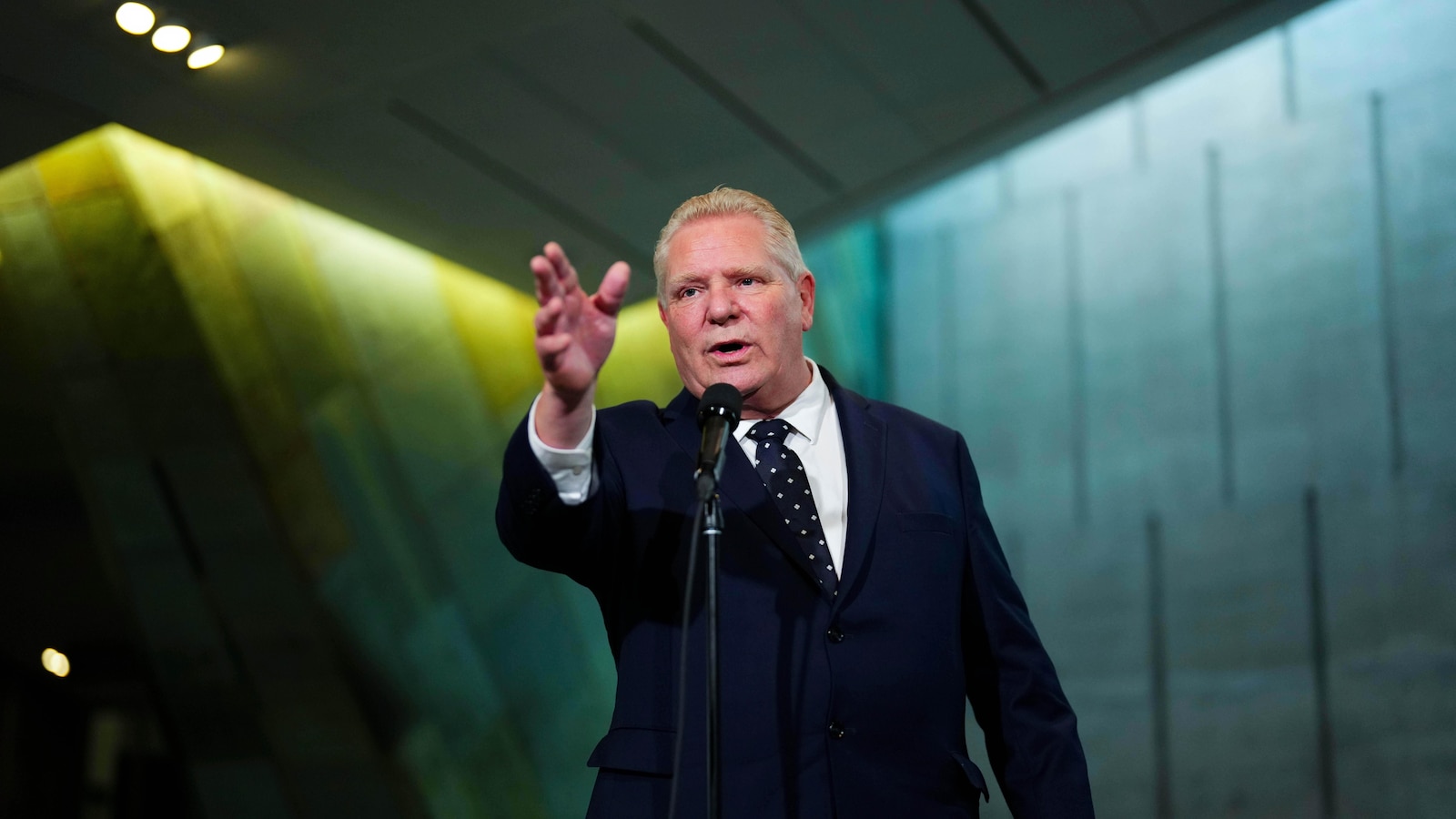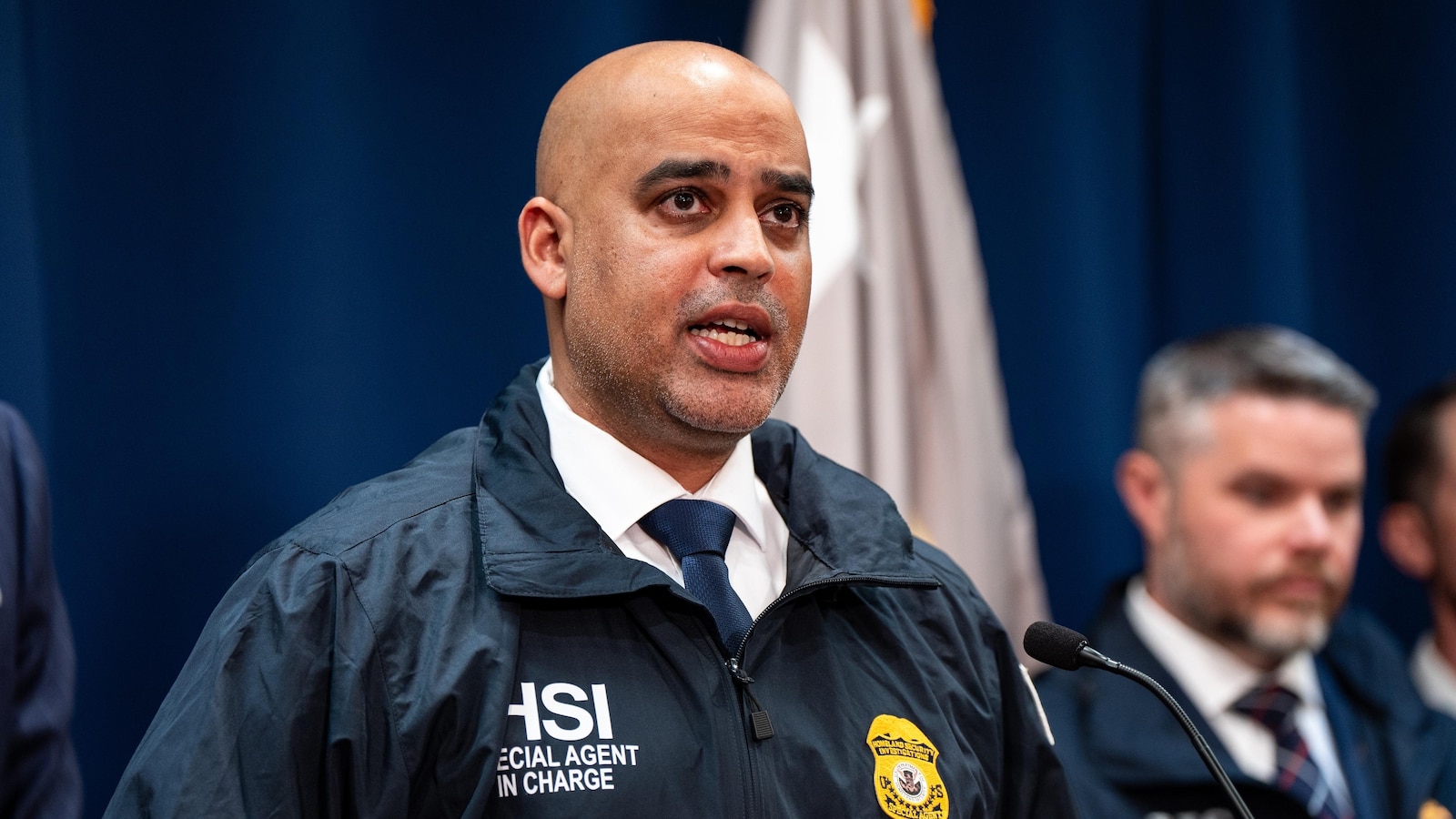New York adds $11M to hunger programs amid SNAP cuts, government shutdown

ALBANY, N.Y. (NEXSTAR) — On Friday, Governor Kathy Hochul announced over $11 million in state funding for emergency food relief programs for hungry New Yorkers. Also on Friday, she published a letter to U.S. Secretary of Agriculture Brooke Rollins, urging the USDA to immediately release funds to food aid recipients for November and prevent a public health crisis.
This follows President Donald Trump's standoff with Congressional Democrats over the federal government shutdown. Hochul wants the Trump administration to guarantee the release the $700 million per month in benefits to rescue the Supplemental Nutrition Assistance Program.
According to Hochul's office, President Donald Trump has refused to prevent almost 3 million New Yorkers from losing benefits on November 1. The state estimates that up to 2.8 million low-income New Yorkers will see cuts to SNAP benefits, and 442,000 women and children relying on WIC—the Special Supplemental Nutrition Program for Women, Infants, and Children—could also see cuts.
SNAP, historically known as food stamps, is the largest and most effective food assistance program in the country. In total, the program accounts for 10 times the dollar amount of food distributed by local food banks, soup kitchens, and food pantries.
USDA research shows that every dollar in SNAP benefits generates over $1.50 in local economies. And withholding funds especially hurts small businesses or rural producers who need revenue from SNAP beneficiaries. According to Hochul, the state continues to accept SNAP applications, verify eligibility, and work with vendors to load client cards, but the USDA hasn't told states how to access federal contingency funds since issuing a directive on October 10.
That directive told states to delay sending benefit issuance files to EBT vendors, warning of insufficient funds for November payments. In her letter to Rollins, Hochul called SNAP "the moral backbone of our country" and a "lynchpin in our economy."
Hochul said the money will go to Local Emergency Food Relief Equipment grants and a renewed partnership with Feeding New York State. The Fiscal Policy Institute, a nonpartisan think tank based in Albany, called the governor's $11 million commitment meager compared to $700 million per month in lost SNAP benefits.
The grants range from $1,200 to $100,000 and total over $5 million of the $11 million. They're being awarded to almost 100 non-profit organizations like food pantries and soup kitchens dedicated to supporting New Yorkers experiencing food insecurity. Emergency generators and equipment for cooling or delivering food qualify.
Grant-funded projects will support specific needs in regions across the state:
- Capital Region: Food Pantries for the Capital District got $100,000 for three box trucks for food distribution. Sycamore Collaborative got $98,185 for a box truck with a lift gate, a refrigerator, and a straddle stacker.
- Central New York: Seven Valleys Health Coalition in Cortland County got $56,000 for a pickup truck, bed topper, and three insulated food storage containers.
- Southern Tier: Catholic Charities of Broome County got $46,496 for a transit cargo van and insulated food delivery cooler bags. Corning Council for Assistance got $96,000 for a backup generator and walk-in refrigerator and freezer.
- Western New York: Rehoboth House of Prayer got $99,262 for a refrigerated box truck, an electric pallet jack and charging station, a walk-in freezer, a walk-in cooler, and an emergency generator.
- Mid-Hudson: Second Chance Foods Inc., The Family Resource Center of Peekskill, and Port Chester Carver Center each received $100,000 for things like cargo vans, walk-in coolers and freezers, and hybrid trucks.
- Long Island: Sid Jacobson Jewish Community Center got $63,755 for a generator and walk-in freezer.
- New York City: Al-Madinah School Inc., The Connected Chef Foundation Inc., and The Flatbush Community Fund each received $100,000 for refrigerated trucks, walk-in coolers, and freezers.
The remainder, over $6 million, is for Feeding New York State and 10 regional food banks. The funding represents a renewed state government partnership with those agencies and supports their efforts to follow the New York State Food Donation and Food Scraps Recycling Law, which took effect in January 2022. It requires businesses and institutions that generate a high amount of food scraps—like grocery stores, correctional facilities, and colleges—to donate excess edible food and recycle everything else. It doesn't apply to hospitals, nursing homes, adult care facilities, K-12 schools, or in New York City, which has its own local law on food scraps.
The $6 million pays for:
- Sending staff to food service and food retail businesses like grocery stores, supercenters, and restaurants
- Equipment and supplies for food recovery efforts at local food aid events
- Hiring staff at food banks
- Enhancing a venison donation program
Since launching this initiative in 2022, Feeding New York State and local food banks recovered 63 million pounds of edible food for their networks, according to Interim Executive Director at Feeding New York State Kathleen Stress.
Hochul said the state is "making investments in community-based food relief organizations to fight hunger and complement our wide-ranging affordability efforts" while the federal government "continues to starve federal food assistance programs." She also said that she and fellow governors have warned Trump since taking office that states can't cover federal gaps.
But New York's Republicans in Congress have countered that Democrats manufactured the shutdown, insisting that Democrats blocked a "clean" continuing resolution to keep the government open. They blamed Senate and House Minority Leaders Chuck Schumer and Hakeem Jeffries, both from New York.
Either way, the Hochul Administration argued that New York doesn't have the legal authority or the money to backfill SNAP because the federal government has always paid for it. The governor warned Secretary Rollins that more than 100,000 federal workers in New York risk being furloughed or going unpaid.
But FPI argued that New York can backfill that amount lost by using its current $4.1 billion revenue surplus and $29 billion in reserves. They want the state legislature to convene a special session so lawmakers can appropriate $700 million to load onto Electronic Benefits Transfer cards.
That way, SNAP could continue feeding the 1.3 million hungry New York families who need it. That money could be conditioned on New York's delegates in Washington—two Democratic Senators, seven Republican Congressmembers, and 19 Democratic Congressmembers—getting reimbursed by the federal government as part of the deal to end the shutdown.
FPI analysis showed that most New York counties rely on food aid. Dutchess, Essex, Columbia, Hamilton, Greene, Ontario, Putnam, Schenectady, Tompkins, and Wyoming were the only counties they tallied with under 10% of their households receiving SNAP.
FPI acknowledged that transferring state funds directly to EBT cards may not be possible or could take too long. They proposed another method that still appropriates $700 million per month, but would channel the funds to local food banks, soup kitchens, emergency shelters, and other emergency relief organizations, and potential leverage the Hunger Prevention and Nutrition Assistance Program.
This approach could be more practical, but less efficient. It also might not alleviate local economic impacts of SNAP delays, because the money wouldn't be changing hands in the same local stores that typically serve SNAP beneficiaries.
Take a look at the letter from Hochul to Rollins below:
- Players, fans enjoy Lancaster-Depew rivalry as end nears
- Mattias Samuelsson scores 2 as Sabres beat Maple Leafs to even record at .500
- Holmes Norton scammed in her home by fake cleaning crew, police say
- Walmart is changing how hourly store workers earn raises
- Bills place S Taylor Rapp on injured reserve; DT Da'Quan Jones, WR Josh Palmer out vs. Panthers





